Enter a surname, town name or other keyword to search the database. Remember to
allow for the different spellings of 'Mc' and 'Mac.' Good luck!
{Search tips: Use single word search terms for more results}
You must enter some valid character(s) into the search field
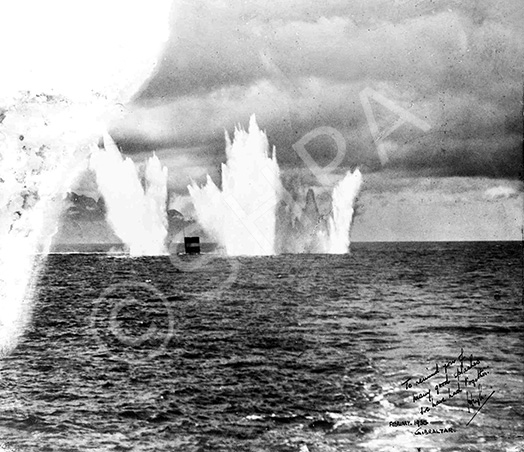
Reference: 517
Shells landing on target fired...
|
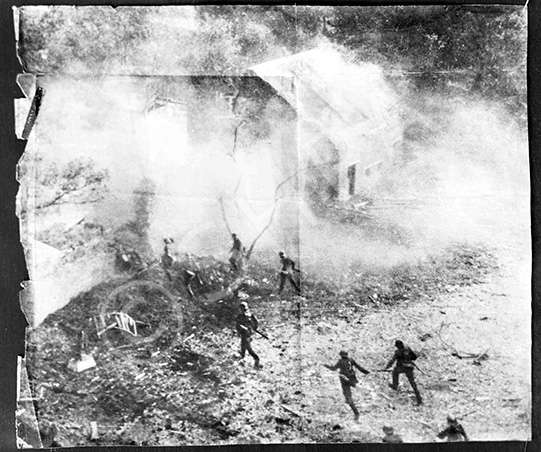
Reference: 461b
Copy for Cameron Barracks of G...
|
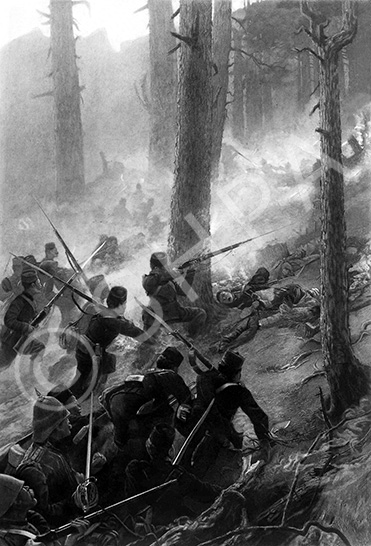
Reference: 417
Seaforth Highlanders, Fort Geo...
|
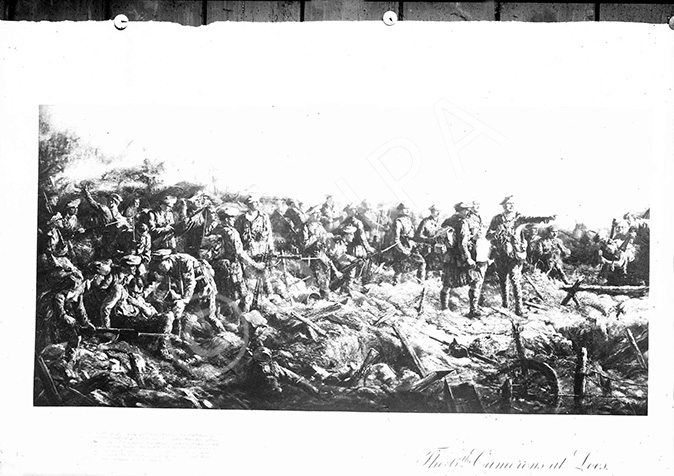
Reference: 416a
A photo of a print of the Jose...
|
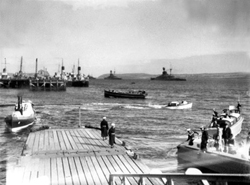
Reference: H-0315b
People at Invergordon queuing ...
|
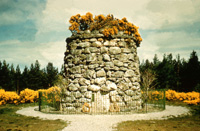
Reference:
Memorial cairn on Culloden Bat...
|
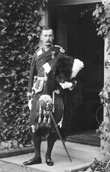
Reference: hw017
Lt. Col. Alexander Fraser, 4th...
|
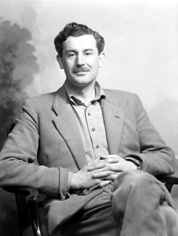
Reference: 40813b
Lord Lovat. Brigadier Simon Ch...
|
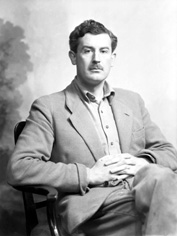
Reference: 40813a
Lord Lovat. Brigadier Simon Ch...
|
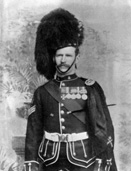
Reference: H-0203
Lt.Col Donald Dickson Farmer (...
|
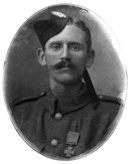
Reference: 27563b
Private Ross Tollerton, Ist Ba...
|
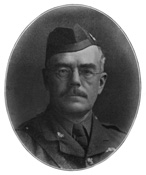
Reference: 27563a
Major Angus Falconer Douglas-H...
|